Johnston Atoll National Wildlife Refuge
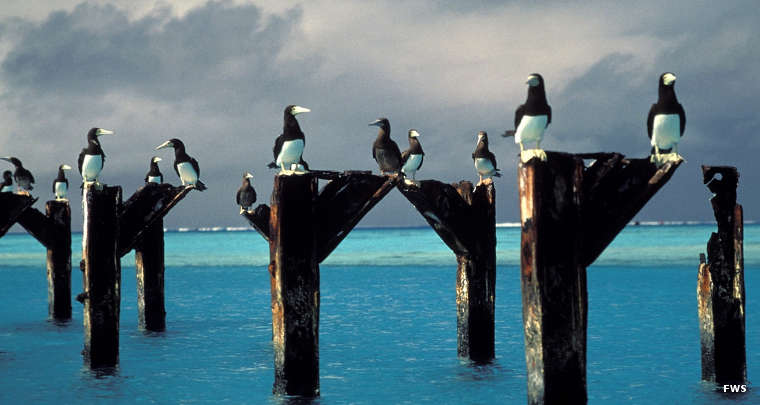
Brown boobies on the harbor pilings
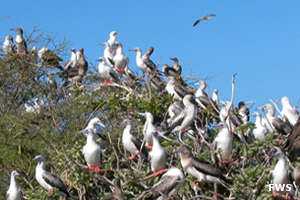
Johnston Atoll is one of the most remote atolls on Earth: The nearest neighboring islands are in the French Frigate Shoals, about 450 nautical miles to the northeast. Located about 750 nautical miles southwest of Hawaii, Johnston Atoll was once a major military installation. The property was designated as a federal bird refuge in 1926 but President Franklin Delano Roosevelt gave control of the island to the US Navy and kept that "bird refuge" designation in place. Over the years the Navy worked to increase the size of the island by dredging the surrounding reefs. That expanded Johnston Atoll from 46 to 596 acres and created three other islands close by. Military control went on for 70 years while they built an airbase, a naval refueling depot, performed nuclear and biological weapons testing, built a secret missile base, recovered incoming space capsules and, finally, used the atoll as a storage and disposal site for chemical weapons and Agent Orange. Those activities predictably left the island severely environmentally contaminated and remediation efforts continue. Almost everything built above ground during those years has been destroyed by man and the weather but the island will remain in US Air Force control until the decontamination efforts are complete. The waters surrounding the atoll and going out for 12 nautical miles in all directions are under the control of the US Fish & Wildlife Service.
Johnston Atoll sits on the summit of an ancient volcanic seamount. The seamount began to grow about 70 million years ago and built into a mountain peeking out above the waves. Then the lava flow stopped and erosion began to reduce the surface area of the mountain. The island slowly eroded and subsided but as it reduced, the submerged shelf around it grew corals and attracted fish. The island probably also served as a stepping-stone for birds and marine animals migrating from the Hawaiian Islands to the French Frigate Shoals to Johnston Atoll to the Line Islands...
Seabirds come and go on the island but more than 300 species of fish have been seen in the waters around the island. And some 54 species of coral, 49 of them stony coral, have also been recorded in the area. The most conspicuous coral in the area is the giant table coral and if it weren't for the coral and the coralline algae, Johnston Atoll wouldn't exist any more. Land mass of the island today is about 696 acres while the submerged areas in the National Wildlife Refuge cover another 800,000+ acres.
Johnston Atoll National Wildlife Refuge is closed to the public. Entry is by permit only and permits are generally only granted to scientists and researchers. The refuge was included in the Pacific Remote Islands Marine National Monument when that was established in 2009.
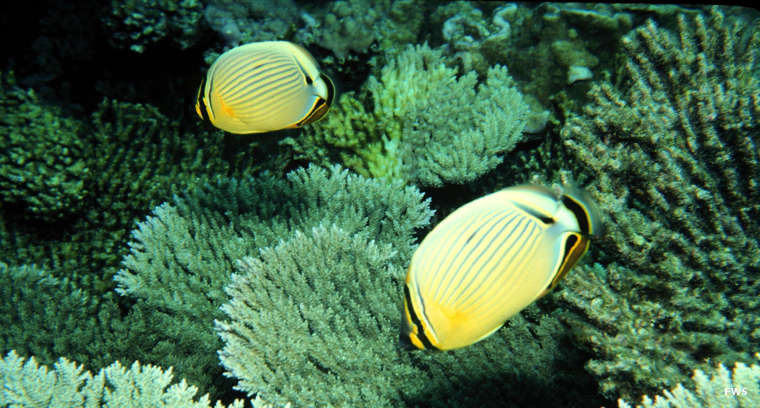
Butterfly fish above the reef
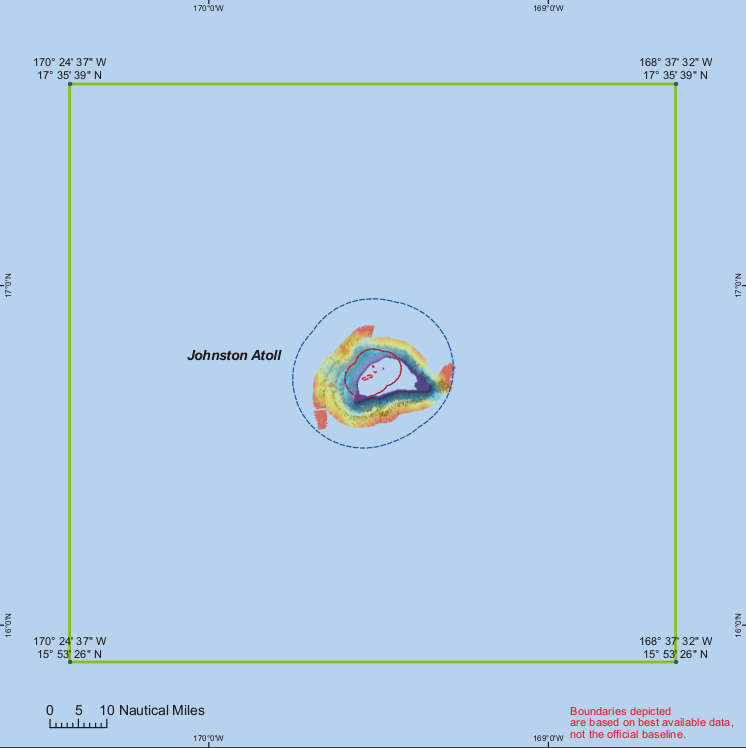
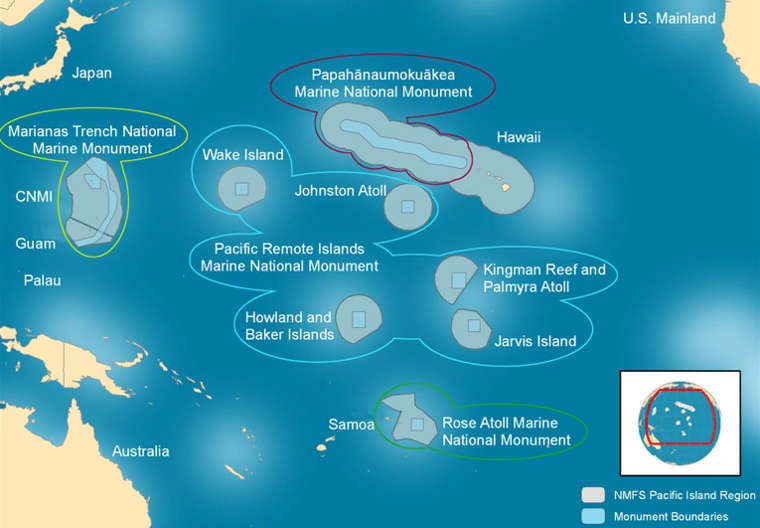
Pacific Remote Islands Marine National Monument map